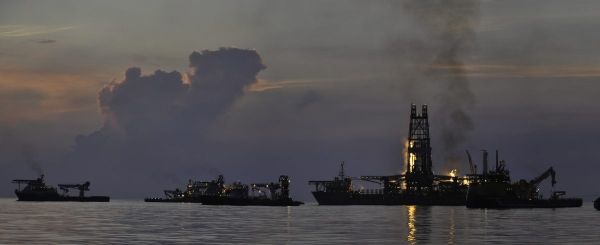Ten years ago, a powerful explosion destroyed an oil rig in the Gulf of Mexico, killing 11 workers and injuring 17 others. Over a span of 87 days, the Deepwater Horizon well released an estimated 168 million gallons of oil and 45 million gallons of natural gas into the ocean, making it the largest accidental marine oil spill in history.
Researchers from Woods Hole Oceanographic Institution (WHOI) quickly mobilized to study the unprecedented oil spill, investigating its effects on the seafloor and deep-sea corals and tracking dispersants used to clean up the spill.
In a review paper published in the journal Nature Reviews Earth & Environment, WHOI marine geochemists Elizabeth Kujawinski and Christopher Reddy review what they— and their science colleagues from around the world—have learned from studying the spill over the past decade.
Continue reading at Woods Hole Oceanographic Institution
Image via Woods Hole Oceanographic Institution


